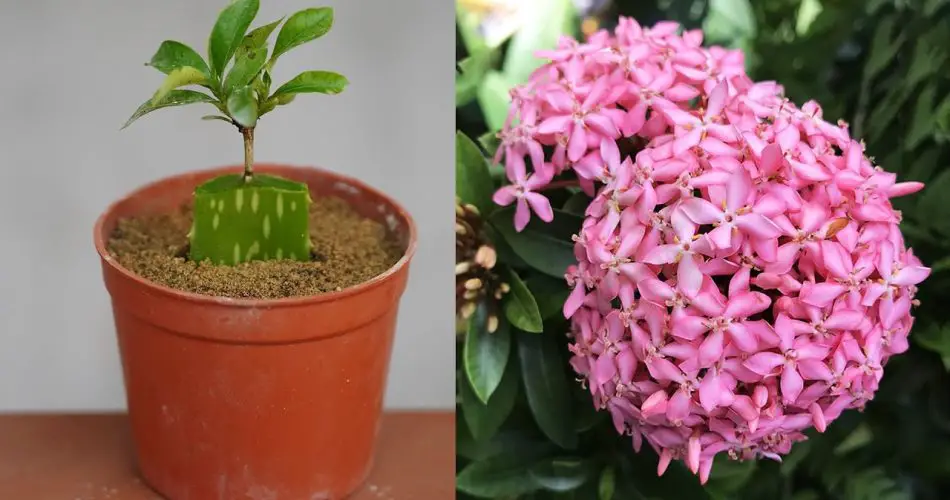
1. Selection of Aloe Vera Leaf
- Criteria for Selection: Opt for a leaf from an Aloe Vera plant that is at least a few years old. Mature leaves have a higher concentration of the beneficial compounds.
- Inspection for Health: Ensure the leaf is green, plump, and free from any signs of pest infestation or disease.
2. Harvesting Aloe Gel
- Extraction Technique: Slice off the spiky edges first, then split the leaf open to access the clear gel inside.
- Preservation of Gel: If not used immediately, the gel can be stored in an airtight container in the refrigerator for a short period, maintaining its potency.
3. Preparation of Plant Cuttings
- Selection of Cuttings: Choose healthy stems from the donor plant, preferably with at least 2-3 nodes.
- Cutting Angle: Make an angled cut near a node, as this increases the surface area for root growth and enhances water uptake.
4. Application of Aloe Vera Gel
- Benefits of Aloe Vera: The gel contains hormones like auxins and gibberellins that promote cell division and root formation. Additionally, it has antibacterial and antifungal properties that protect the cuttings from infections.
- Coating Technique: Ensure a generous application of Aloe Vera gel over the cut ends to maximize the rooting potential.
5. Planting the Cuttings
- Soil Preparation: Use a mixture of peat moss, perlite, and vermiculite to create a well-draining, nutrient-rich growing medium.
- Positioning: Plant the cuttings deep enough so that at least one node is buried beneath the soil surface. This is where the roots will emerge.
6. Care for Newly Planted Cuttings
- Watering Schedule: Maintain a balance in soil moisture. Overwatering can cause rot, while under-watering might dry out the cuttings.
- Temperature and Humidity: Keep the cuttings in a warm environment with high humidity. Covering them with a plastic bag can create a mini-greenhouse effect.
7. Monitoring Root Development
- Signs of Success: Look for new growth or resistance when slightly tugging on the cutting, which indicates root formation.
- Adjustments in Care: As roots develop, gradually acclimate the plants to less humid conditions to strengthen them.
8. Transplanting Rooted Cuttings
- When to Transplant: Wait until a robust root system has developed. This typically takes a few weeks to a couple of months.
- Transplanting Process: Handle the roots carefully to minimize stress and shock. Transplant into a suitable potting mix that supports the plant’s growth stage.
9. Continued Aloe Vera Application
- Ongoing Support: Applying diluted Aloe Vera gel to the water can provide continued support for the plant’s root system and overall health.
10. Celebration and Observation
- Reflection on Success: Take time to appreciate the growth and resilience of the plants. Observing the benefits of Aloe Vera in gardening can inspire further experimentation and discovery.
By following these expanded steps, gardeners can leverage the natural properties of Aloe Vera to not only support the rooting process but also to foster healthier, more resilient plant growth. This method stands as a testament to the power of natural, sustainable gardening practices.